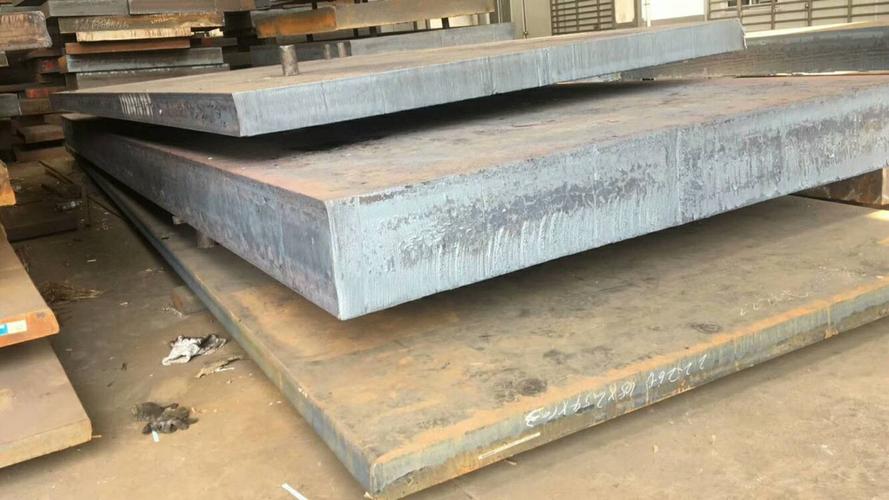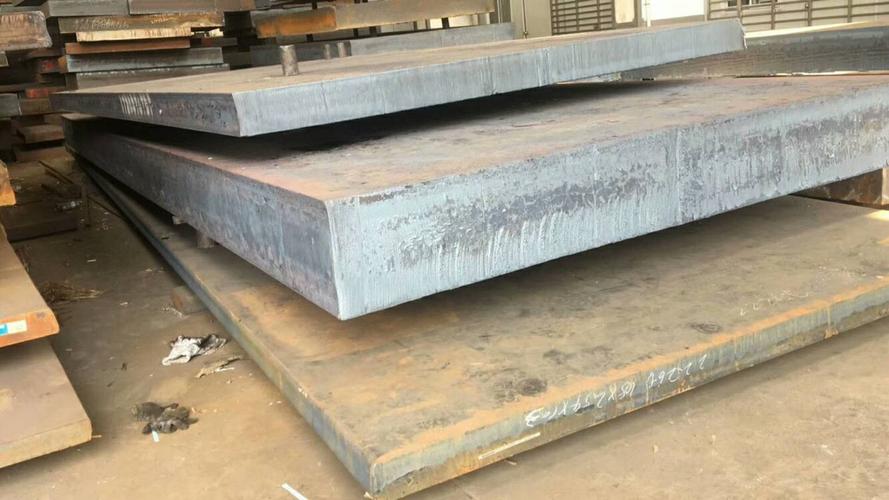
ultra thick steel sheet
Get the latest price? We'll respond as soon as possible(within 12 hours)
- Information
- Description
- Downloads
Thick steel plates are divided into extra thick steel plates and medium thick steel plates. Extra thick steel plate refers to a steel plate with a thickness of not less than 60 millimeters. Extra thick steel plates are mainly used in shipbuilding, boilers, beams, and high-pressure vessel shells.
Definition of thick plate: Steel plate with a thickness exceeding 100.0mm.
The maximum thickness of ultra-thick plates is designed for 300mm, 350mm, and 400mm in foreign wide and thick plate rolling mills, while the engineering design for 5000mm wide and thick plate rolling mills in China is 400mm. The actual thickness produced by foreign wide and thick plate mills is 200mm, 300mm, 360mm, and 410mm. However, in order to ensure compression ratio, large steel ingots are used as raw materials, and a billet is opened and then rolled into extra thick plates.
Usage of medium and thick plates: Widely used for manufacturing various containers, furnace shells, furnace plates, bridge and automotive static steel plates, low alloy steel plates, bridge steel plates, general steel plates, boiler steel plates, pressure vessel steel plates, patterned steel plates, and automotive beam steel plates Certain parts and welded components of tractors.
Steel plates for bridges: used for large railway bridges. It is required to withstand dynamic loads, impacts, vibrations, corrosion resistance, etc. For example: Q235q, Q345q, etc
Shipbuilding steel plate: used for manufacturing the hull of marine and inland vessels. Require high strength, plasticity, toughness, cold bending performance, welding performance, and corrosion resistance. For example: A32, D32, A36, D36, etc
Definition of thick plate: Steel plate with a thickness exceeding 100.0mm.
The maximum thickness of ultra-thick plates is designed for 300mm, 350mm, and 400mm in foreign wide and thick plate rolling mills, while the engineering design for 5000mm wide and thick plate rolling mills in China is 400mm. The actual thickness produced by foreign wide and thick plate mills is 200mm, 300mm, 360mm, and 410mm. However, in order to ensure compression ratio, large steel ingots are used as raw materials, and a billet is opened and then rolled into extra thick plates.
Usage of medium and thick plates: Widely used for manufacturing various containers, furnace shells, furnace plates, bridge and automotive static steel plates, low alloy steel plates, bridge steel plates, general steel plates, boiler steel plates, pressure vessel steel plates, patterned steel plates, and automotive beam steel plates Certain parts and welded components of tractors.
Steel plates for bridges: used for large railway bridges. It is required to withstand dynamic loads, impacts, vibrations, corrosion resistance, etc. For example: Q235q, Q345q, etc
Shipbuilding steel plate: used for manufacturing the hull of marine and inland vessels. Require high strength, plasticity, toughness, cold bending performance, welding performance, and corrosion resistance. For example: A32, D32, A36, D36, etc




